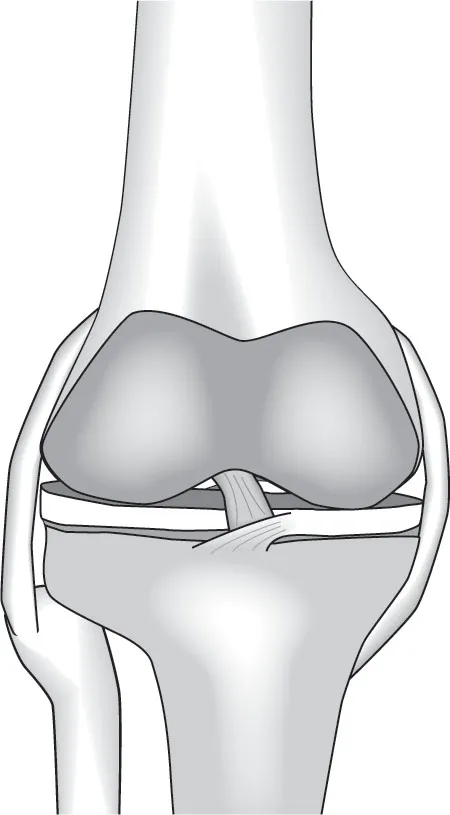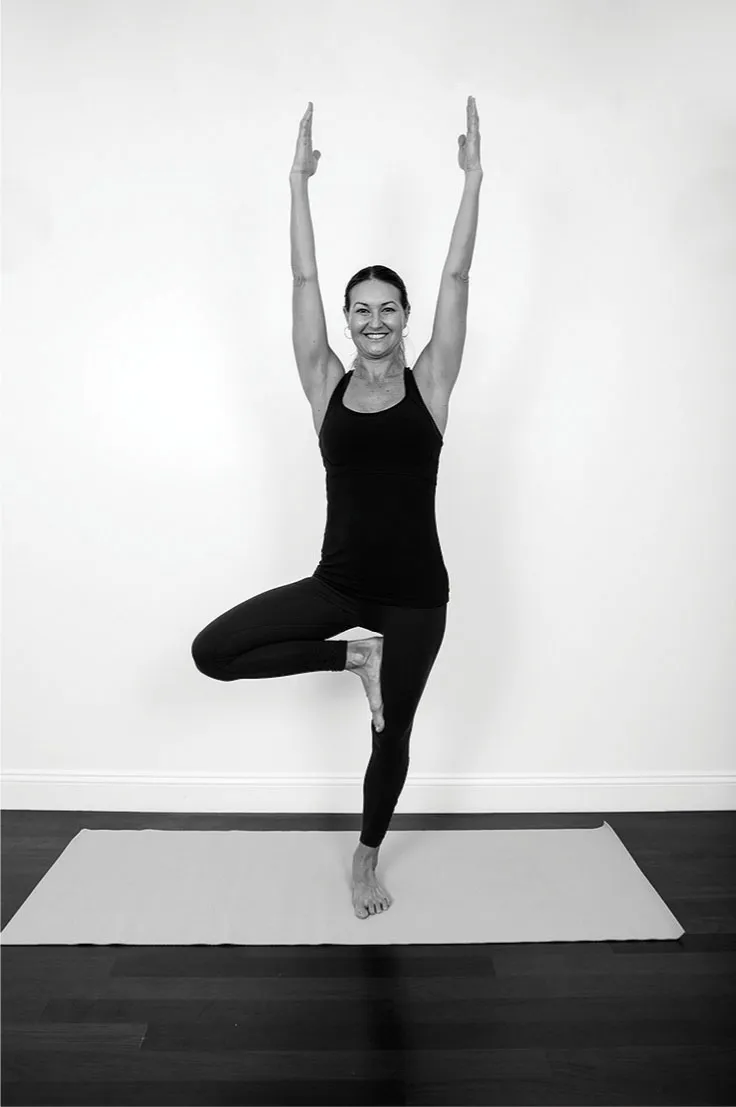Biomechanics is defined as the study of how force affects biological systems. It is classified as a division of kinesiology, which is the study of human movement and includes many branches. A student of kinesiology may study anything from the art of dance to coaching football; the metabolic effects of cardiovascular activity to the psychology of sport; human performance to injury rehabilitation; or the development and sustainability of human movement from infancy to old age and in special populations.
Biomechanics, although it is a division of this broader field of kinesiology, still covers a wide scope of applications. A biomechanist may design ergonomic office furniture, equipment, or footwear and sports equipment. A biomechanist may work for sports teams in either the training or the rehabilitation division, or both. A biomechanist could work in a laboratory and engineer artificial tissues to replicate the behavior of human tissues for surgical procedures. Therefore, biomechanics itself has many of its own subdivisions and includes specific areas of study that not all other divisions of kinesiology require (Table 1.1). In spite of the variety of disciplines biomechanics encompasses, one specific topic is the focus of this book: mechanical forces and how they apply to the human body.
Force
Force is the operative word in the definition of biomechanics; not anatomy, not alignment, not movement cueing. The term biomechanics can be misleading, as only an engineer or physicist would assume the mechanics portion of the term implies force. Yoga teachers often associate mechanics with joint position (e.g. “knee over the ankle”) or limb position (e.g. “arms alongside the ears”) because that is what yoga teachers are typically taught. Most pose instructions are, in fact, applied anatomy: “heel-to-arch alignment” is an example of applied anatomy, or what is referred to as alignment in yoga. Biomechanics considers the effects of force in the context of anatomical position, placement, posture, and movement.
Table 1.1
Areas of Study in Biomechanics
Field | Role in biomechanics |
Biology | The study of living organisms |
Anatomy | The study of the structure and parts of an organism |
Physiology | The study of function in living systems |
Histology | The study of cells and living tissues |
Chemistry | The study of structure, properties, and changes of matter |
Physics | The study of matter and motion through space |
Kinematics | The properties of motion independent of force and mass |
Kinetics | The study of forces during motion |
Hydraulics | The study of fluid mechanics |
Engineering | The application of science in design and innovation |
Thought Provoker
Biomechanics of Yoga
If I were to ask you “what are the biomechanics of Downward Facing Dog Pose?”, what would your answer be? Perhaps jot some notes down, as I’ll ask you again later in the book and you might enjoy comparing your answers.
Occasionally a conventional yoga cue inadvertently hints at the effect of force (e.g. “in Tree Pose, place the foot above or below the knee”). This instruction, however, is incomplete, reflecting applied anatomy and some inaccurate force assumptions. Yoga teachers often learn that the knee is a hinge joint and based on such anatomical classification, a seemingly logical assumption is formed. That is, a hinge operates in a single plane, and so they conclude that even a small amount of lateral pressure on the knee is dangerous. In actuality, the knee joint is a bicondylar joint (e.g. imagine two ball and socket joints side by side) capable of a small degree of rotation (Fig. 1.1). More importantly, the knee is continually exposed to lateral forces in everyday movements, including walking. Based on its location, structure, and degrees of freedom (i.e. capable directions of motion), the knee functions to accommodate and mediate lateral and rotational forces, rather than entirely avoid them. Therefore, a biomechanical cue should take these factors into account.
Biomechanics is the study of the effect of mechanical forces on the structure, function, and movement of the human body; it affects anatomy, physiology, and their applications. Reexamining some of the aforementioned yoga examples in the context of biomechanics, the cue for a static Lunge, “knee over the ankle,” should consider all the directional forces at the knee and ankle joint specific to that position (Fig. 1.2), as well as the unique biology of the individual. Biomechanical analysis considers the resilience of one’s soft tissues (e.g. ligaments or tendons), how well they hold up under the forces at this knee angle, and whether this alignment is beneficial or precarious for this individual’s tissues. Forces on supportive tissues (e.g. bones and cartilage) must also be considered as their position might influence whether these tissues get stronger or weaker. Notice I make no implication of an absolute correctness or incorrectness, there is no line in the sand separating right from wrong. Biomechanics simply considers the benefits and risks of the forces involved in the position.
Fig. 1.1
The knee is a bicondylar joint capable of small amounts of rotation in addition to flexion and extension.
Fig. 1.2
Knee over the ankle in a Lunge position.
Cueing “heel-to-arch alignment,” in Warrior II Pose (Fig. 1.3), for example, one must consider the forces on the ankle, knee, and hip associated with this foot placement. The external forces acting on the joints based on the geometry of the pose will be met with corresponding internal forces (bones, ligaments, muscles) in order to maintain balance and equilibrium. Since the angles of the femur bones in relationship to gravity, and relative to the knee and hip, are different than when standing in neutral, the muscles are recruited differently, and the bones and joints respond differently. The degree to which different muscles activate will vary by individual, and within an individual, based on an infinite number of external and internal conditions. Biomechanical considerations are not about doing a pose the right way, they are about what is happening in the pose, in that particular way, at that moment.
“Avoiding the knee” in Tree Pose (Fig. 1.4) reflects a misunderstanding and misrepresentation of how force affects the body. It somehow implies that force is dangerous, and it should be avoided. First, force can’t be avoided – we live on a planet with a gravitational pull. Second, we obviously can get stronger when we are exposed to force. We require it actually. Are there reasons to avoid the knee? Sure. A biomechanical reason for avoiding the knee might include the diminished resilience of one’s ligaments and cartilage in the knee, rendering it unable to withstand the force applied by the opposite foot. But that may also be a biomechanical reason for placing the foot directly on the knee – to increase the ability of the knee to withstand force. If placing the foot on the knee were fundamentally incorrect, dangerous, or even slightly precarious, you would not find those exact instructions in the Stork Test (i.e. an orthopedic test designed to identify pathologies of the lumbar or sacral regions of the spine) (Fig. 1.5).
Fig. 1.3
Heel-to-arch alignment in Warrior II.
Fig. 1.4
Opposite foot applies frontal plane forces on the medial aspect of the knee in tree pose.
Now is a good time to point out the trap of logical fallacies. I just presented one above by appealing to an authority as evidence. I validated my case for placing the foot on the knee as not being problematic by arguing that because medical professionals do it, it must be okay. The common yoga cue, “place the foot above or below the knee to protect it,” also appeals to authority, albeit a yogic one. Instead, it may appeal to tradition as evidence, another example of a logical fallacy. Just because this is how we always do it doesn’t make it valid. In order to cue the most scientifically sound instructions for Tree Pose, we need evidence.
Although the biomechanical research on yoga is sparse, one paper provides some insight into the frontal plane forces on the knee in Tree Pose (Yu et al., 2012).
Fig. 1.5
The Stork Test: “The subject stands on one leg with the sole of the nonweightbearing foot resting on the medial aspect of the knee of the weightbearing limb” (Konin et al., 2006).
The subjects included six men and 14 women averaging 70.7 years in age. It compared: 1) the opposite foot positioned on the floor with wall support, versus, 2) the opposite foot positioned below the knee with wall support, versus, 3) the latter without wall support. The research team found that the first version resulted in 54–71% lower knee abductor joint moment of force over the knee than the second or third. They also reported that the second and third positions (i.e. the foot not touching the floor) produced 8–20% greater knee abductor joint moment of force than during the stance phase of walking at a self-selected pace. What conclusions are you inclined to make about Tree Pose in light of this evidence?
If you’re looking for binary yes/no answers, there are none. I only wish to present to you force as a variable and any relevant research so that you may make informed choices when practicing. I can tell you that your conclusion about this paper will be colored by your bias. If you believe that forces on joints cause osteoarthritis (OA), you may never practice Tree Pose again without the opposite foot anchored to the floor. If you believe force on joints stimulates and nourishes them, you may choose to practice Tree Pose with the opposite foot directly over the knee, as in the Stork Test. The answer probably lies somewhere in-between. Moreover, the researchers did not test for the presence or development of OA, they tested only for the quantification of forces in three different static positions. Thus the effects of Tree Pose on OA cannot be determined. Without more research we will never know. Even with more research we may never know.
Scientific Literacy
Evidence-Based Teaching
An evidence-based teaching is a practice that combines competency in the related field of research, yoga education and teaching experience, and the unique needs of the individual student/client. Decision-making should consider all three components.
Evidence-based teaching, also called evidence-informed practice, is typically the method by which healthcare professionals make treatment choices. As yoga edges its way into the realm of therapy through organizations certifying yoga therapists, evidence-based teaching is having its moment in the spotlight (Moonaz, Jeter and Schmalzl, 2017).
Even for yoga teachers who do not identify as yoga therapists, evidence-based teaching is becoming more relevant. The rise of the internet in this millennium has led to the bombardment of information and misinformation. Research literacy is the single most important skill in deciphering fact from fiction, data from anecdote, and evidence from hearsay.
In addition to providing an education in biomechanics, this book intends to empower its readers with decision-making skills that follow those of an evidence-based practitioner. The reader is invited to consider the arguments presented here and employ skepticism when claim...








